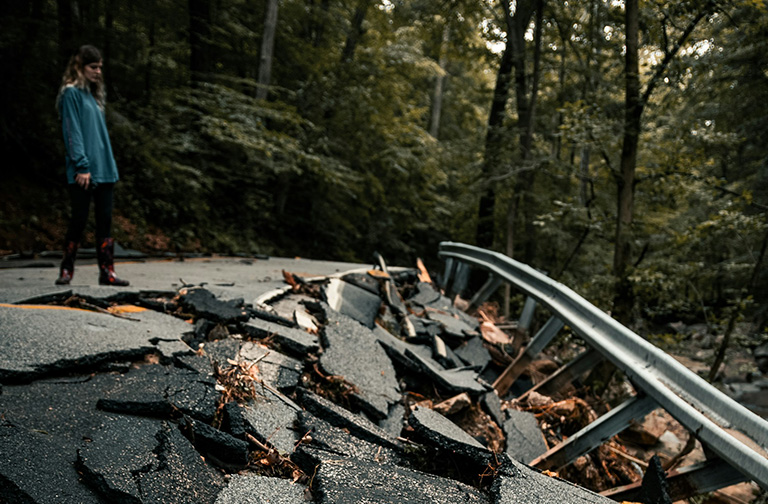This updated article is excerpted and adapted from MuseLetter 176 (December 2006) and chapter 7 of Peak Everything: Waking Up to the Century of Declines (New Society, 2007).
One of the most extensive meta-surveys of the psychological effects of mass trauma is Lewis Aptekar’s Environmental Disasters in Global Perspective (1994). Aptekar compared studies from traditional, “developing,” and “developed” cultures; he also explored the aftermaths of many kinds of disasters—including chronic disasters (droughts, famines), quick onset disasters (floods, fires, storms, earthquakes), and human-induced disasters (wars, toxic chemical spills, nuclear plant meltdowns).
Aptekar first dispelled misconceptions about people’s immediate responses to disasters. Looting and panic are rare; instead, people more frequently display behavior that has a clear sense of purpose and is directed toward the common good (tragically, officials who believe that social chaos inevitably follows disasters often delay warning communities of impending crises because they wish to avoid a panic). Nor do people flee from disaster sites; rather, they tend to remain if they can. In addition, outsiders usually enter the area in order to help survivors or to search for family members, producing what has come to be known as the “convergence phenomenon.”
Aptekar found that classic PTSD symptoms are widespread only after the severest disasters, and in cases where victims are directly and personally affected. “The victims who show the greatest psychopathology are those who lose close friends and relatives.” Not all of the symptoms occur immediately, and reactions may appear years afterward, especially on anniversaries of the disaster. Gradually, people tend to distort their memory of the event, forgetting parts of what happened and minimizing its impact and their reactions to it. Children appear to be particularly vulnerable after a disaster. Meanwhile, adverse reactions in adults can be so severe that disaster victims “pass fear and insecurity onto their children—even those yet to be born—by replacing in their child-rearing a sense of a secure world with a fearful worldview.”

